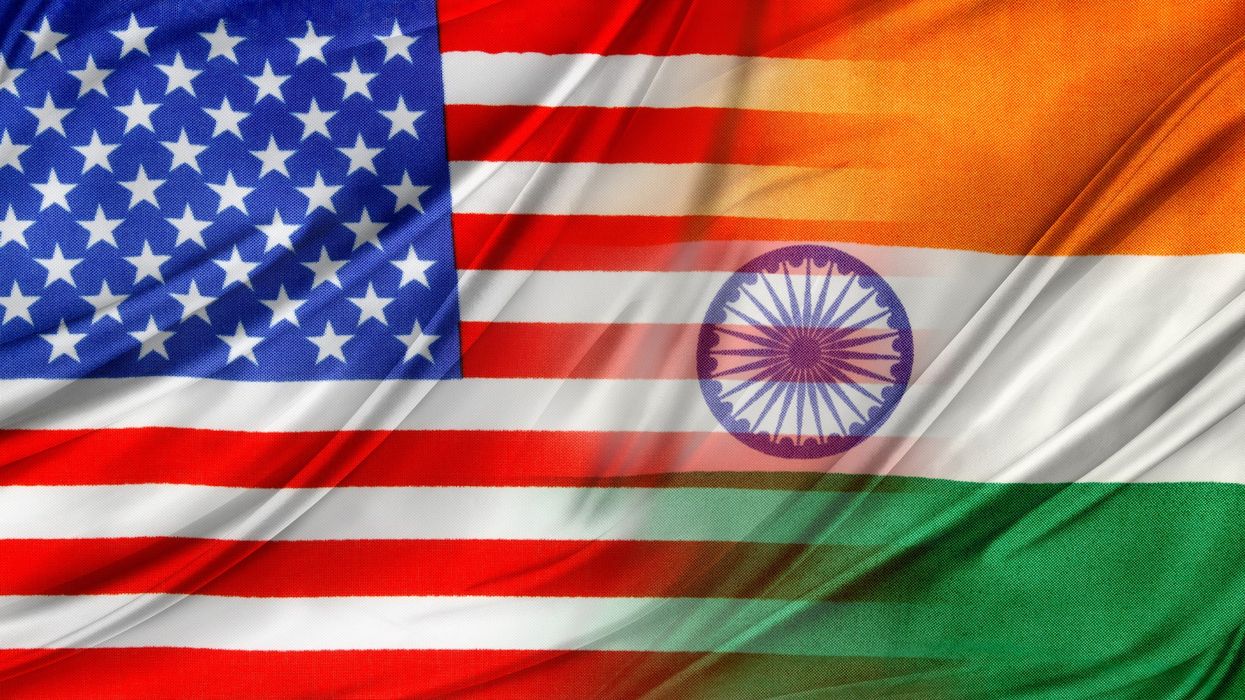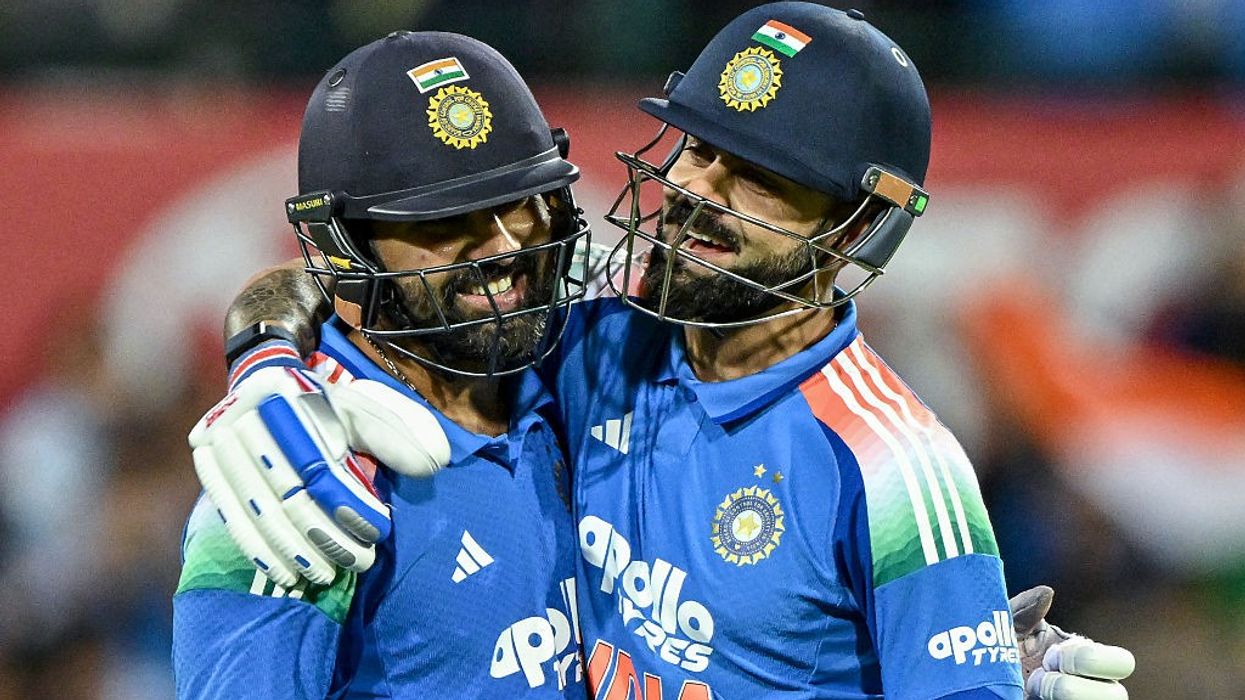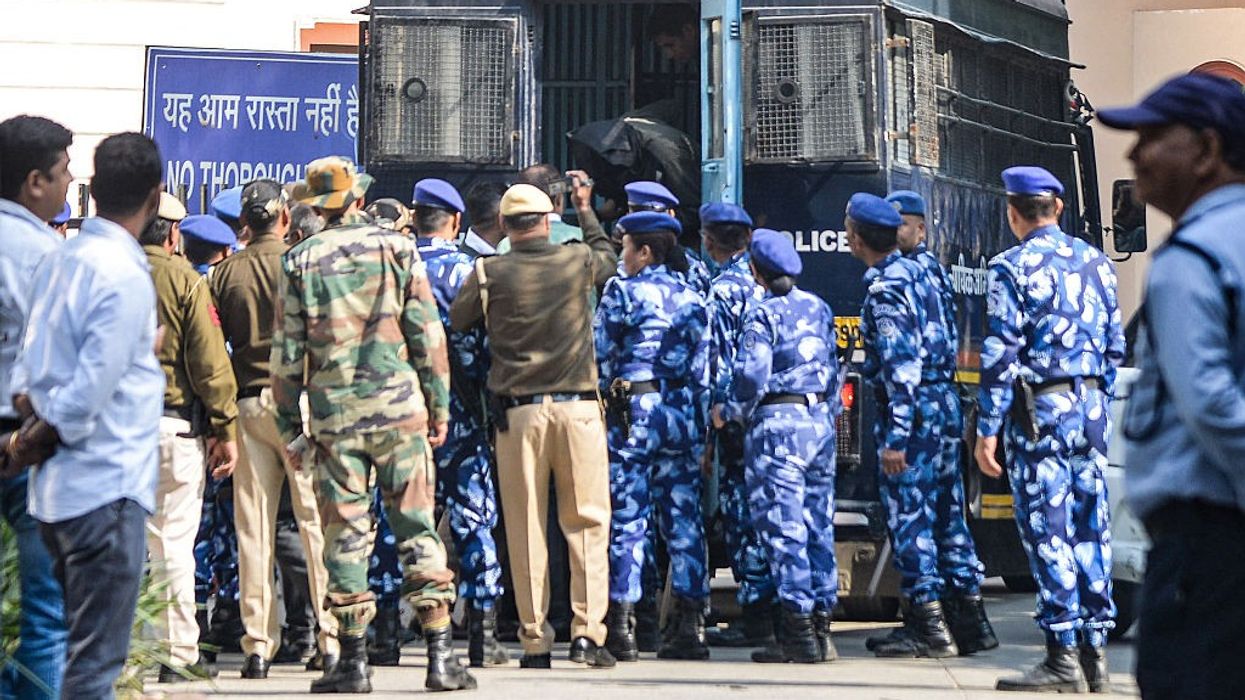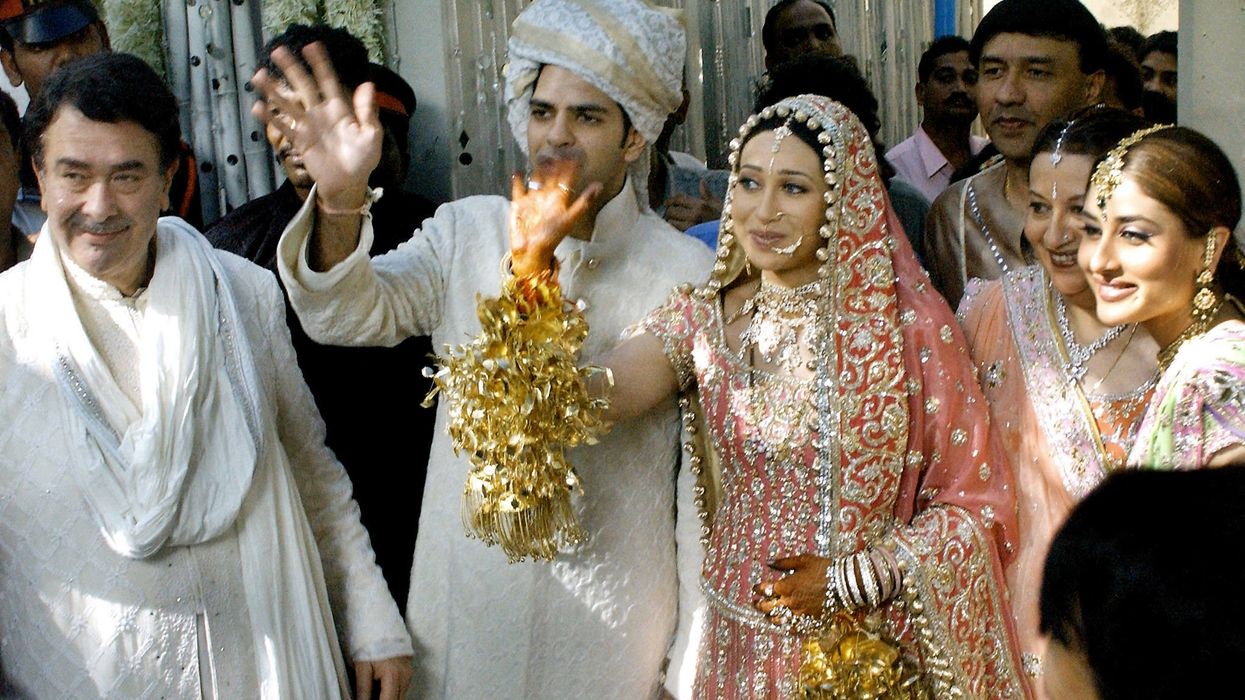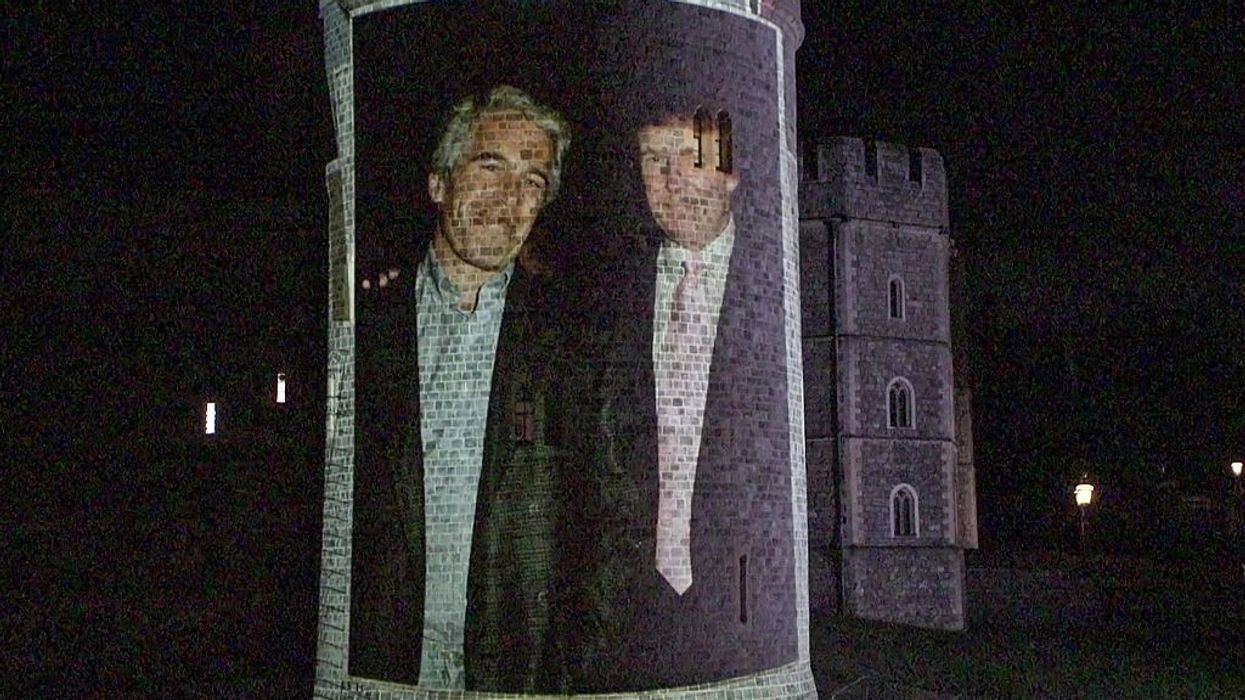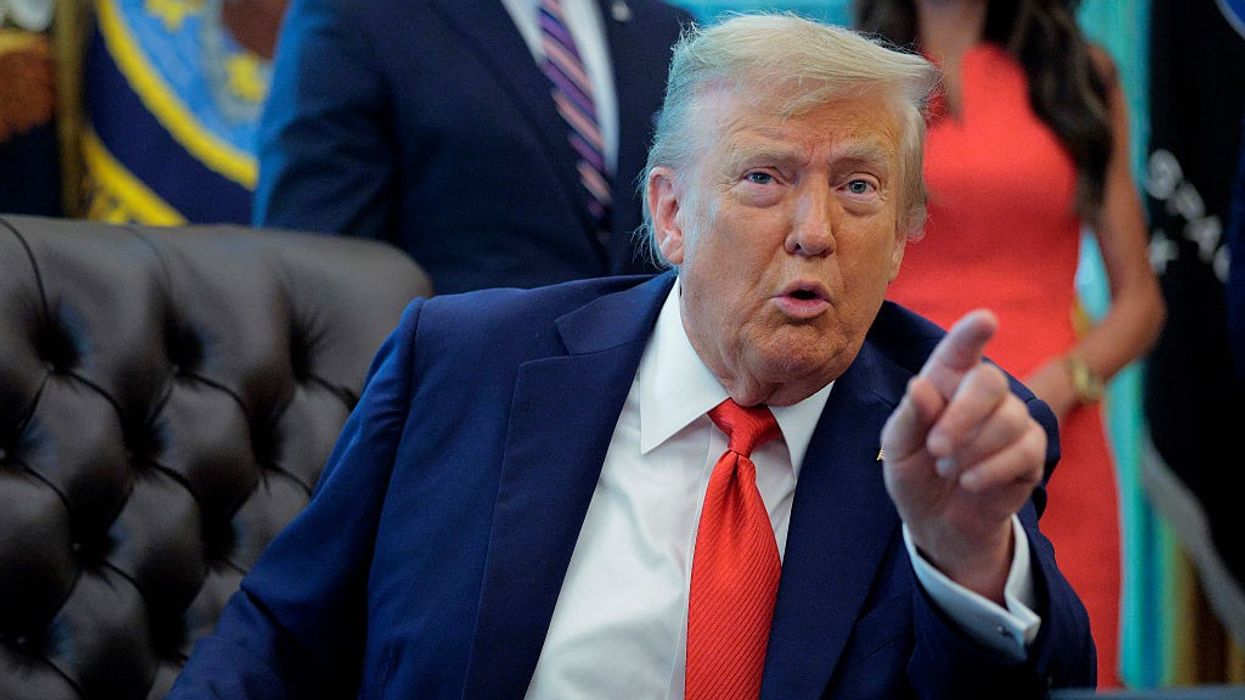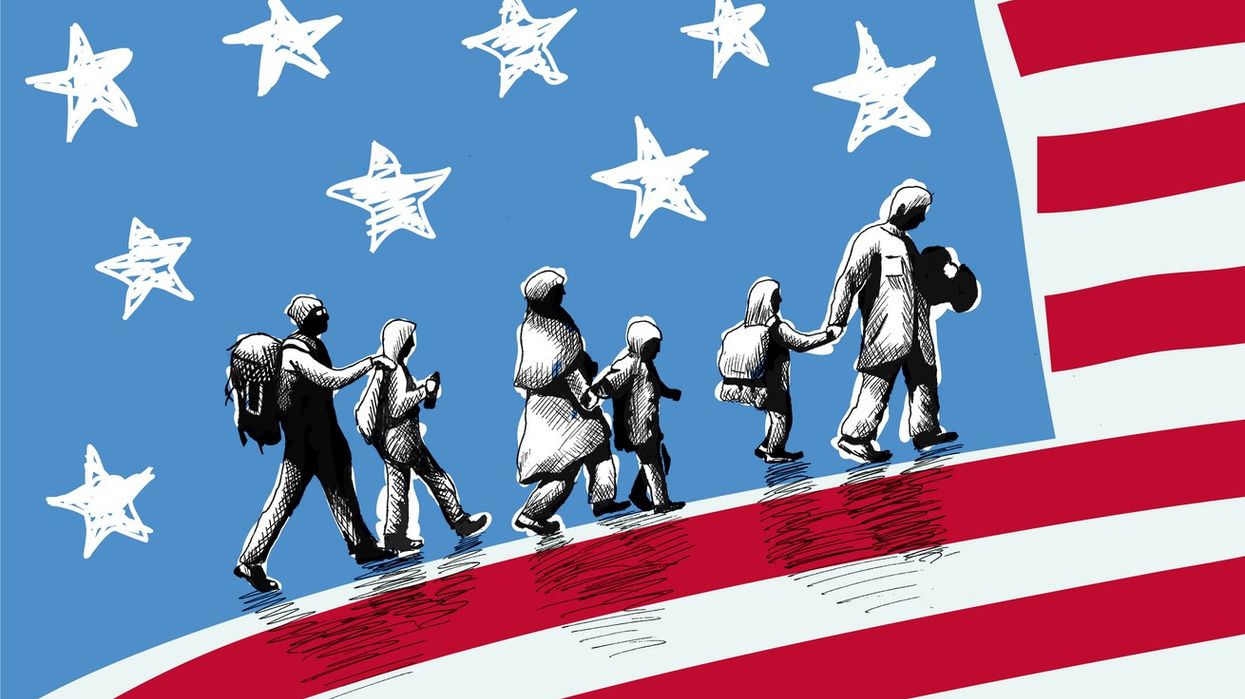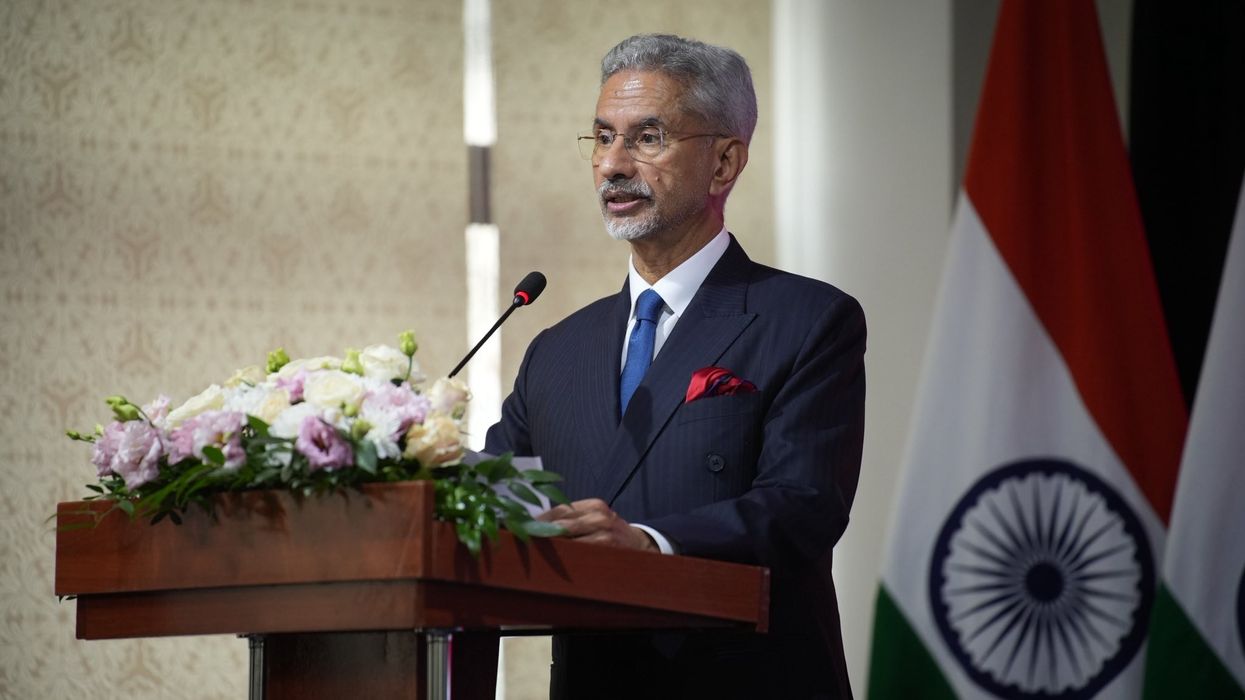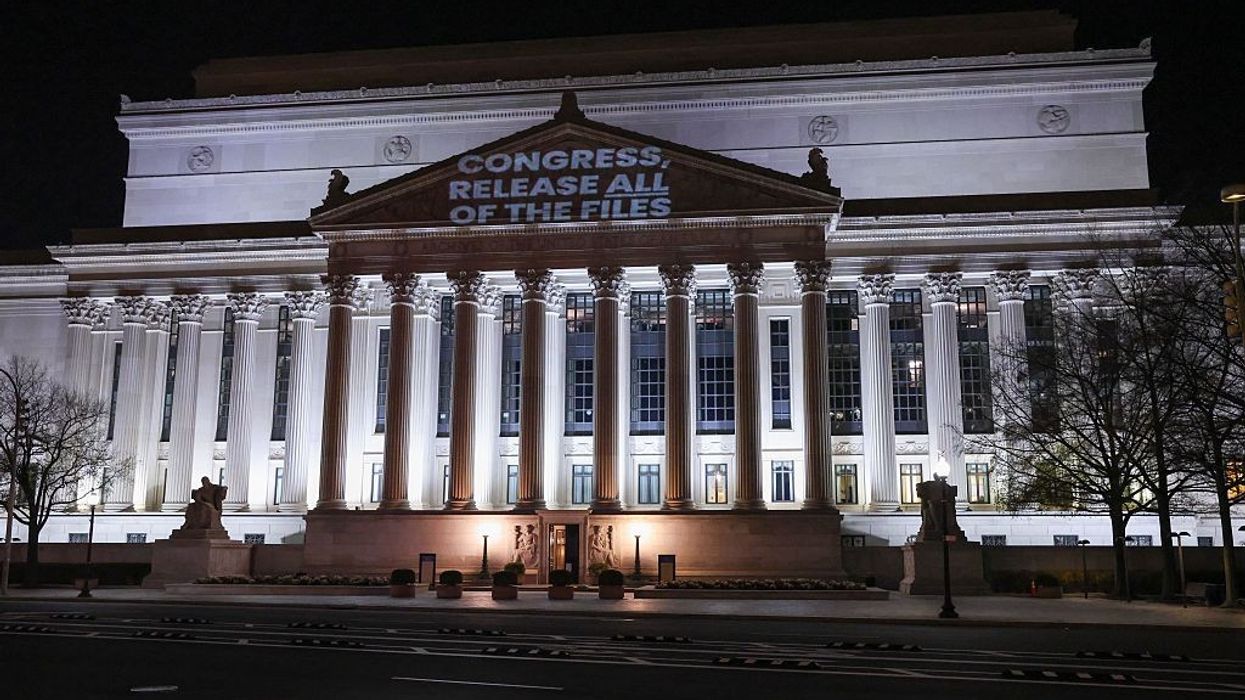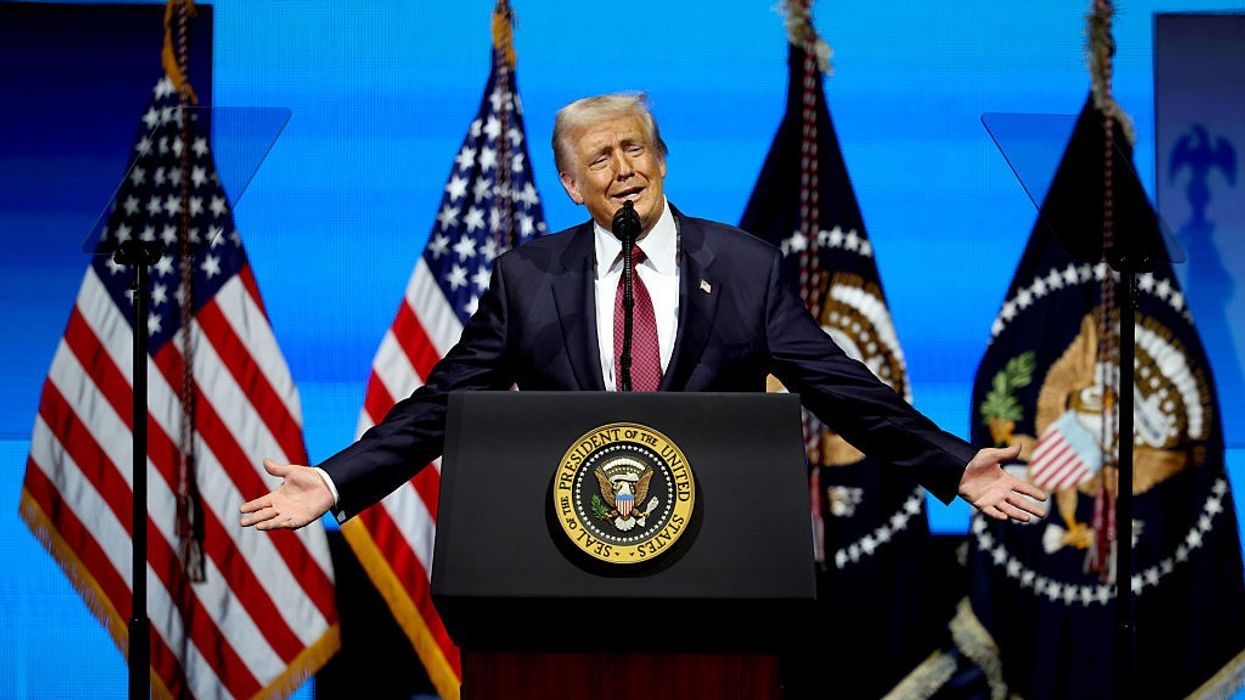India is working towards finalizing a mini trade deal with the United States by July 8, 2025, but officials have indicated that the timeline could be extended to August 1 if the terms are not favorable. This comes amid heightened trade tensions as U.S. President Donald Trump moves to impose higher tariffs on several countries to address the U.S. trade deficit.
Background: Tariff Threats and Negotiation Deadlines
President Trump’s administration has already sent formal letters to 14 countries, informing them of impending higher tariffs unless new trade agreements are reached. These countries include Japan, South Korea, Kazakhstan, Malaysia, Tunisia, South Africa, Bosnia and Herzegovina, Indonesia, Bangladesh, Serbia, Cambodia, Thailand, Laos, and Myanmar. For these nations, the new tariffs—some as high as 40 per cent—are set to take effect on August 1, 2025.
India, however, has not received such a letter and is still operating under a July 8-9 deadline. This date marks the end of a 90-day pause on tariffs that President Trump announced on April 2, known as ‘Liberation Day’ tariffs. If a deal is not finalized by midnight on July 8, tariffs on Indian imports could revert to 26 per cent.
Trump Signals Progress, But India Holds Firm
Trump stated on July 8 that the US is “close to making a deal with India,” highlighting ongoing negotiations. He explained, “We have made some deals, but for the most part we are going to send a letter. We’ve made a deal with the United Kingdom, we’ve made a deal with China, we are close to making a deal with India. Others we met with and we don’t think we are going to be able to make a deal, so we just sent them a letter.”
Indian officials confirmed that while the July 8-9 deadline is still in effect, they are prepared to use the extended August 1 window if the deal’s specifics do not align with India’s interests. “The August 1 deadline is for countries that have been sent the letters. India has not been sent a letter, and we are still working to finalise the deal,” a government source said. Another official added, “The deal could materialise by the night of July 8, or in a day or two,” but emphasized that India will not rush into an agreement if the terms are not suitable.
Sticking Points: GM Crops and Dairy ImportsThe main obstacles preventing a quick resolution are U.S. demands regarding genetically-modified (GM) crops and dairy products:
GM Crops: The U.S. is pushing India to allow the import of GM products such as soybean meal and distillers dried grains with solubles (DDGS), a by-product of ethanol production used for animal feed. India has traditionally resisted both domestic and imported GM crops, citing health and environmental concerns.Dairy Imports: Another key demand is for India to permit the import of U.S. cow milk. India has consistently resisted this, largely due to concerns about standards, religious sensitivities, and the impact on domestic dairy farmers.
Negotiation Dynamics and Recent Developments: Negotiations have been intensive, with Indian and U.S. teams making multiple visits to each other’s countries in recent months. The Indian delegation, led by Special Secretary Rajesh Agrawal from the Ministry of Commerce and Industry, returned from its latest round of talks in the U.S. last week. According to sources, India has now submitted its final proposals, and the ball is in the U.S. court to accept or reject the terms. Indian officials have made it clear that they will not make further amendments to their proposals.
Flexibility: Should negotiations require more time, India is prepared to use the August 1 window, but only if the deal’s specifics are favorable
Broader Context: The outcome will affect not only bilateral trade but also India’s position amid broader global trade realignments, especially as the U.S. warns that countries aligning with BRICS’ “anti-American policies” could face an additional 10% tariff. The coming days are critical for the U.S. India trade relationship. While both sides express optimism, the resolution hinges on sensitive issues like GM crops and dairy imports. India is determined to secure a deal that protects its economic and social interests, even if it means taking more time to negotiate the specifics.
